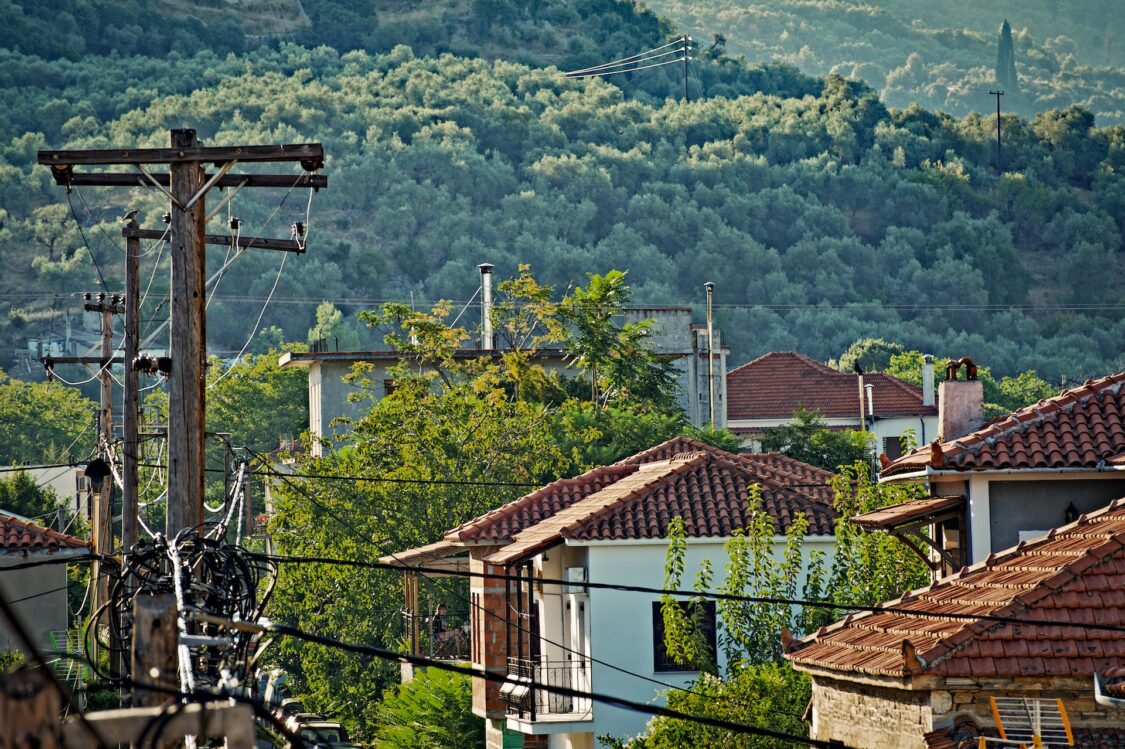Stadiums are popular venues for sports and entertainment events, attracting large crowds. To ensure the safety of these spectators, it is critical that stadiums are structurally sound and meet all safety regulations. However, over time, certain structural issues may develop in stadiums that can compromise the safety of those inside. This article will cover structural safety concerns commonly found in stadiums.
1- Foundation and Structural Integrity
The foundation is the most critical component of a stadium’s structure, supporting the entire building. Any issues with the foundation can lead to serious safety concerns, such as structural collapse. Structural collapse occurs when the foundation sinks or shifts, which can cause cracks in the building’s walls or uneven floors. To prevent foundation issues, it is essential to regularly inspect the stadium’s foundation and address any signs of wear or damage immediately.
2- Roof Collapse
A stadium’s roof is another critical component that must be structurally sound to ensure the safety of spectators. Roofs can collapse for various reasons, such as overloading, deterioration, or weather conditions. For example, heavy snow accumulation on a stadium’s roof can cause it to collapse, leading to severe injuries or fatalities. Stadiums must be designed and constructed to withstand extreme weather conditions to prevent roof collapse.
3- Fire Safety
Stadiums must comply with strict fire safety regulations to ensure the safety of spectators. Fire safety concerns include adequate fire-rated construction materials, fire suppression systems, and fire exits. For example, a stadium must have enough exits to evacuate all spectators safely and quickly in the event of a fire.
Additionally, fire suppression systems such as sprinklers or fire extinguishers must be installed in the stadium to control or extinguish any fires. Finally, fire-rated construction materials, such as fire-resistant walls, doors, and windows, must be used to prevent the spread of fire throughout the stadium.
4- Seating Safety
The safety of spectators also depends on the stadium’s seating arrangements. Seats must be securely fastened to the stadium’s structure and spaced apart to prevent overcrowding. Additionally, seating areas must have sufficient support and be designed to avoid tripping hazards. Proper signage and lighting are also essential to ensure spectators can navigate seating areas safely.
5- Accessibility and Disability Accommodation
Stadiums must also ensure accessibility and accommodations for individuals with disabilities. This includes installing ramps, elevators, and other accessibility features that allow disabled individuals to navigate the stadium safely and comfortably. Additionally, accessible seating areas must be provided for disabled individuals, and these areas must be designed to provide an unobstructed view of the event.
6- Electrical Safety
Stadiums use large amounts of electricity to power various components, such as lighting, sound systems, and scoreboards. If these electrical systems are not properly installed or maintained, they can pose a safety hazard to spectators. For example, faulty wiring or overloaded circuits can lead to electrical fires or electrocution.
By addressing the six common structural safety concerns discussed in this article, stadiums can maintain the safety of their spectators and continue to provide a safe and enjoyable experience for everyone. Regular stadium maintenance and inspections are also necessary to detect any potential problems.

